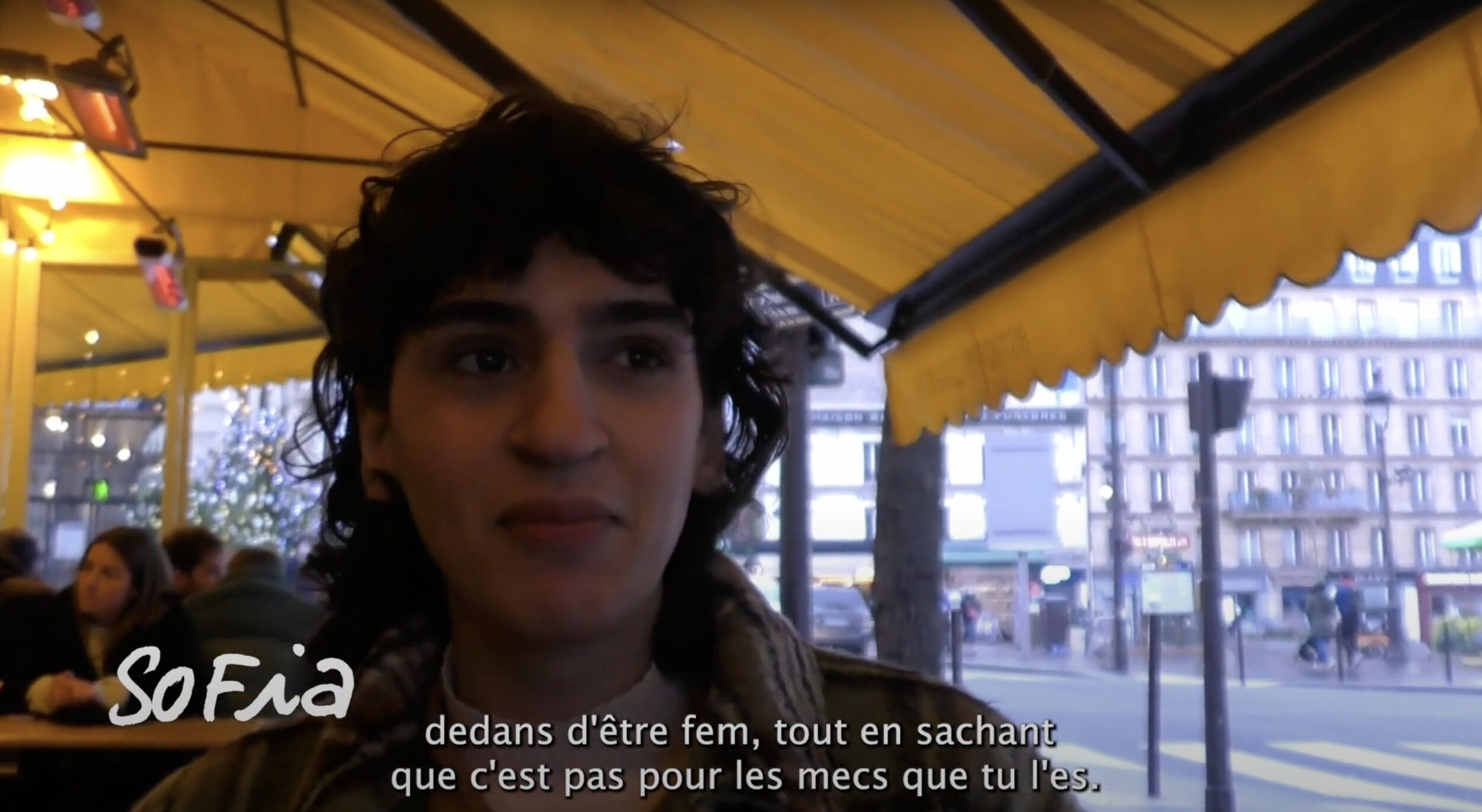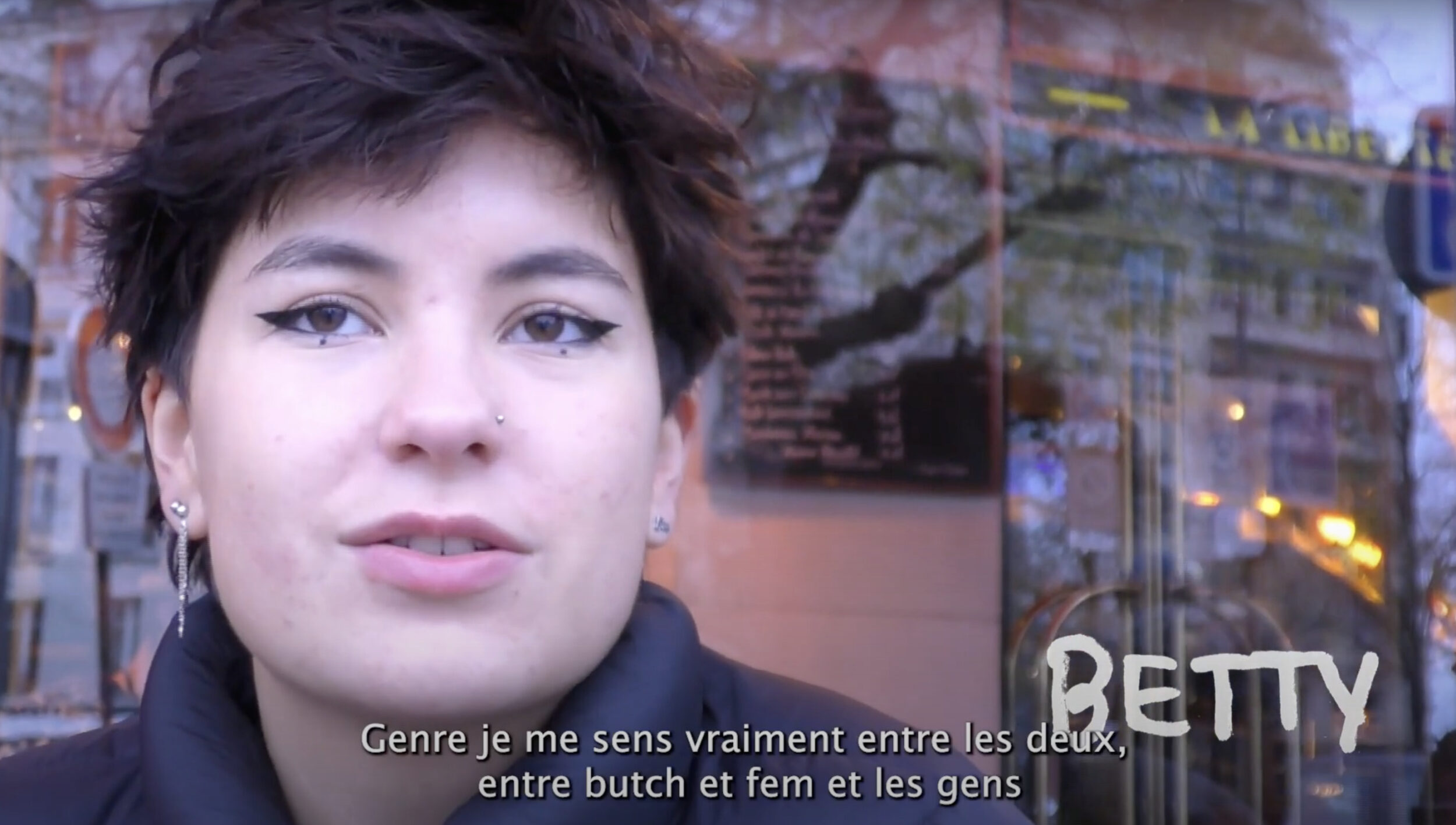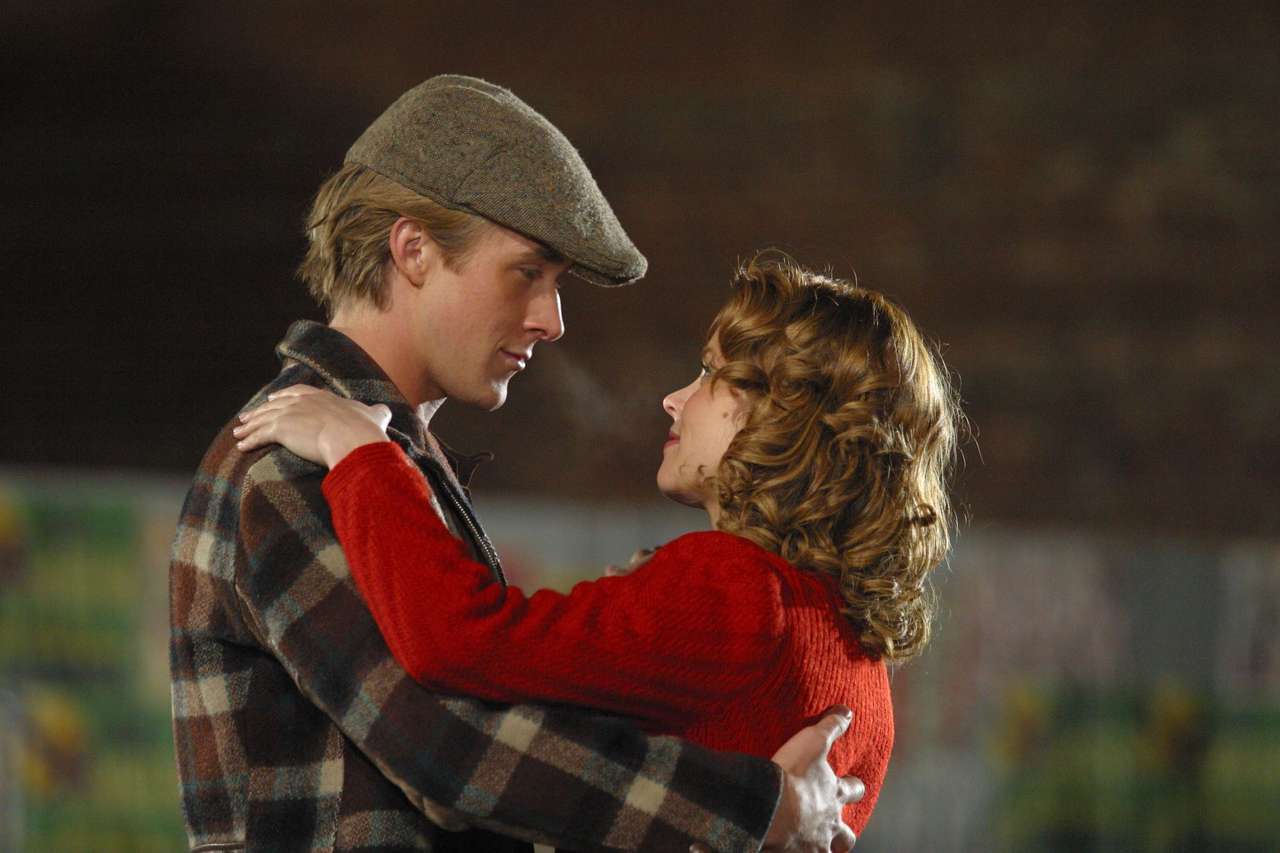What could it mean to “look lesbian”? Everything and nothing because there are as many lesbian apparitions as there are people who define themselves as such. This is what documentary director Lucie Bouchet explores with relaxation and relevance Living on the fringes – The construction of lesbian identity through clothing and politics.
Available for free on YouTube from September 16, 2022, this documentary is aimed at twelve lesbians, ages 17 to 27, who talk about their stylehow they found it, shaped it, built it, what it says or does not tell about their sexuality and why it would be so political.

Being a lesbian, something you can hide?
On a café terrace, in a bedroom, in the kitchen or via Zoom, we get to know them over a few questions they answer in this charming, intimate and political portrait gallery. Among these, Célia says in particular:
“I always wanted it not to be an important part of my identity. Yeah, I like girls, so what? I didn’t want to officially come out to most of my entourage. I really wanted this not to be a topic. But in the end. , it’s a big part of my identity, not because it would be great for me, but because it’s something great for others, in fact.
It’s in politics, in society, whenever I argue with a new person and I want to get around the embarrassment of saying something they wouldn’t be ready to hear, because I’ll be ready to say it.
It has built me up a lot, in the sense that sometimes I am much more afraid of being honest in society for this reason. It’s something I tend to hide easily, which I can’t do with being a woman and black. “

Wearing clothes that don’t always match gender stereotypes
On Lucie Bouchet’s onboard camera, Léa recounts how she got some of her outfits that don’t match gender stereotypes, but perhaps tell something about a form of female solidarity or such a worn-out fraternity:
“It’s always fun to see people get confused when you go to dress up as boys or get your brothers ‘or cousins’ clothes. My best friend’s mother gives me the clothes that her son no longer wears. She’s 17, but she’ll wear her clothes anyway and it’s really fun. I think it’s the cutest thing a mother has ever done for me. “

Sofia, one of the lesbian trans women in the documentary, also talks about how clothing helped her to establish herself as a woman, but also how complicated it could have been for her to “pass” as a lesbian without being perceived as a boy in public space. :
“I have the impression that lesbian femininity goes through some form of androgyny, at least a little, at least through a mixture of codes, which is difficult for me as a trans girl to handle in her first year of medical transition because I already have an androgynous body. Trying to pass for a lesbian and finding the limit not to be perceived as a boy even in public space is an indescribable headache. [Et en même temps] fashion was a way to recover my body during the transition and everything in between.
[…] I think the lesbian clothes, the way they dress, made me realize that I was a girl too. Because sometimes I’ll dress more feminine [expression de genre féminine selon les codes de la société] and I always seem to dress up. And I think there are a lot of cis lesbians who have to feel that way too.
[…] Lesbianism allowed me to tell myself that I was legitimate to be in the past, to want to be a girl. Because there was this space that existed in bodily expression, in clothes and all that. “
Dressing however you want can bring gender euphoria, whether you are cis or trans
Much happiness emerges from their subsequent testimonies, and even a form of gender euphoria, whether it is trans or cis people expressing themselves, as Léa says:
“It really gives so much self-confidence and joy, it’s amazing. It is a piece of fabric that has been made. How can it give you so much joy, so much affirmation in your gender, in your place in society, that a girl can fall in love? [sic] of you. To me he’s crazy, come to think of it: the clothes, it’s incredible. “
Part of this happiness comes from escaping men’s gaze and possible predation, Sofia believes, which outlines another form of sexy, coded to be understood by herself and possibly other lesbian people:
“An outfit in which I feel comfortable is also an outfit in which I feel safe towards men. I love being sexy in my clothes because I know who I’m doing it for. What I have around my style will not necessarily interest the boys. There is something empowering about being a woman knowing that you are not for guys. “

The paradox of lesbian visibility that empowers and exposes to danger
Naïs also evokes the importance of comfort, especially in loose clothing, which can be perceived as a desire to hide, which can say a lot about the insidious injunction against women (and people perceived as such in general) to wear clothes that highlight their silhouette:
“The outfits I feel good in go through a lot of underwear. When I wear boxers I feel too comfortable and powerful. Great jeans, sweaters, t-shirts, sneakers. Sometimes, I get the impression that he does it to hide my body, so that people don’t see my shapes and all, and I think there is something similar, and at the same time it’s mainly because I feel too comfortable like that. “
While there are as many lesbian clothing styles as there are lesbians, Léa nonetheless emphasizes a certain paradox of lesbian visibility that exposes danger and allows the military (since wanting to dress however you want can still seem like an affront to some people, who often they have in common being straight men who believe women ought to be nice to them on their terms …):
“Our existence is political and makes visible, especially the butchers, the fact that we are always visible on the street. This is the goal and at the same time it exposes us to a lot of violence. The fact that you can’t doubt that I’m a lesbian, unless you really have eyes in the holes. “

Even if it doesn’t correspond to cisterosociality, you might as well have fun in your clothes
So saying that everything is political may sound like a cliché, but it is particularly embodied around the physical appearance of lesbians, as Loussine concludes:
“Thinking that everything is political, especially when you are queer, lesbian, is all true, but at the same time it tires me. Sometimes I just wish … to be there. Consciously, it is not necessarily always political. Above all, I try to dress for myself.
But yes, I wonder what environment I will be in. And yes, I’ve always wanted to mark the margin from how I dress. Sometimes he was a little destabilized by others. But this political dimension is not necessarily conscious. But yes, it is political to want to emphasize that I cannot enter it [les normes cishétérosociales]therefore it could also be completely off, overflowing, and have fun bringing out all your creativity around the clothes. Politics can be exhausting, but it can also be creative. “
“Living on the margins – The construction of lesbian identities through clothes and politics”, documentary directed by Lucie Bouchet, available on YouTube.
Front page photo credit: YouTube screenshot of the documentary.
More articles on
Rights of LGBTQI + people
-
“These people”: Minister Caroline Cayeux again targeted by a complaint for homophobic insult
-
Because the A League Of Their Own series hits the mark when it comes to lesbian portrayal
-
France.tv Slash unveils trailer for Chair Tendre, his highly anticipated series about an intersex teen
-
Oliver Sim (the xx) turns out to be HIV positive in a clip directed by Yann Gonzalez (and available on Mubi)
-
Is Liz Truss, the likely future Prime Minister of the UK, an ally of women?
Source: Madmoizelle
Ashley Root is an author and celebrity journalist who writes for The Fashion Vibes. With a keen eye for all things celebrity, Ashley is always up-to-date on the latest gossip and trends in the world of entertainment.





